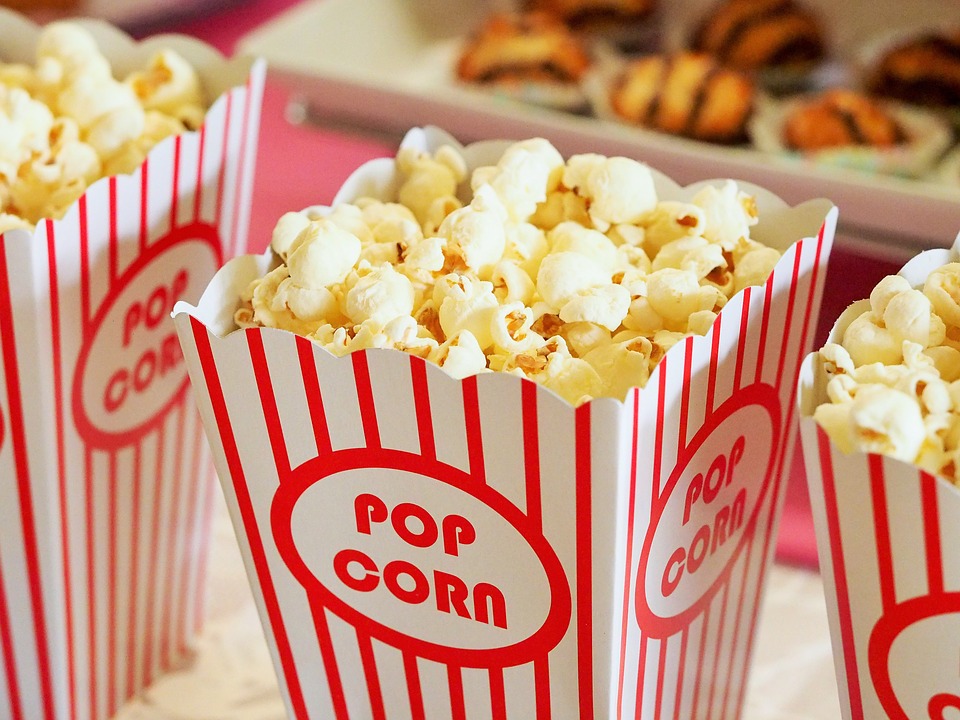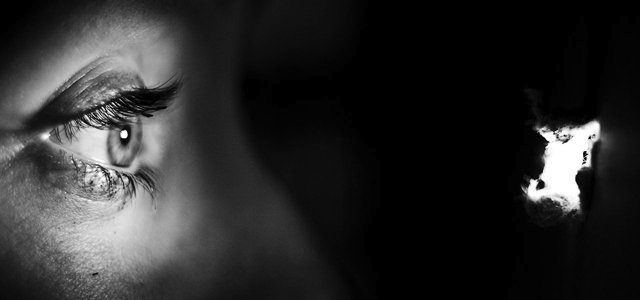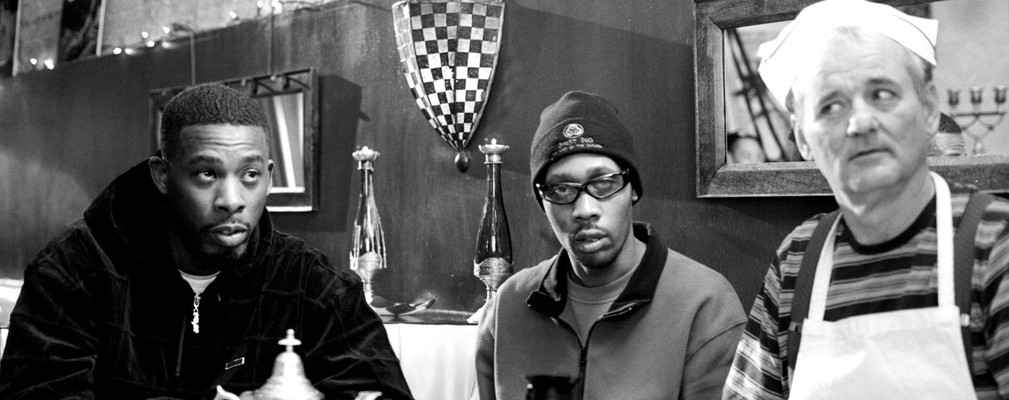If you’ve ever made a movie, you realize that professional movie editing, more than any other stage of filmmaking, determines the viewers’ final experience. Marion Crane’s murder is one of the most unforgettable scenes in movie history. Hitchcock impressed audience by killing the lead character just 30 minutes into Psycho.
The Sound and Editing Power
Psycho is a perfect example of how sound and editing are used to perfection. In terms of film editing, there is a basic idea that shots should join together to offer a sense of continuity with time, graphics, space and rhythm. If you want to talk about sound mixing, there are issues of fidelity, off screen sound and synching sound to a particular scene.
Also, there is the bond between editing and sound. With solid editing, there is an amazing interplay of image and sound. Film editing is more than simply putting shots together; it requires accuracy, instinct and finding the shots’ relation to one another. Psycho was revolutionary because it used unique forms of film editing.

In terms of rhythm, the film uses jumps in time efficiently. It is obvious that the film begins one afternoon, as we move from outside the apartment window into apartment itself by way of great editing. But when Leigh goes out of the room, we understand that it is the same day. At work, she steals some money that she should have put into the bank and returns home. All those actions happen in a single afternoon. When she makes a decision to run away with the money, the film editing in terms of rhythm gets more interesting.
Alfred Hitchcock uses a close shot of the main character when Crane drives away from the town. The shot shows her face, the steering wheel, and the background with the sky. The shots change from the close-shot to an eye-line matching shot, in which we see the road in front of Marion’s car. The viewer starts to notice that the sky has turned darker. Finally, it starts to rain and Marion stops the car to sleep. The first quarter of the film takes place in one day. This presents an interesting flow. The next shot shows how Marion wakes up the next morning after sleeping in the car. Again, the audience knows that it is the next day, and for the following 20 minutes, viewers stay within presented time frame.
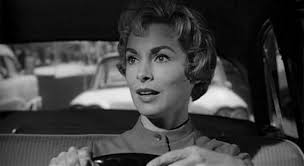
The Scene in the Shower
The murder scene took 7 days to shoot in December, 1959. Hitchcock captured set-ups of 77 cameras, but used only 51 shots in the final edit. The scene in shower is a master class of professional movie editing.
The interesting thing is how Hitchcock’s angles and professional movie editing in Psycho compar to his other works. It is all because the contribution of amazing graphic artist Saul Bass who made almost fifty storyboards for the scene in shower.
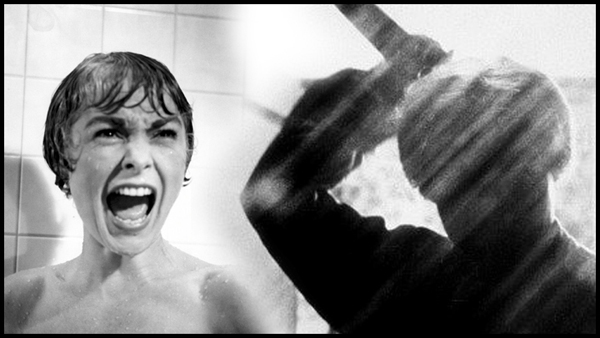
Saul Bass started to work with Hitchcock with the title sequences for North by Northwest and Vertigo. Bass was hired as the Pictorial Consultant on Psycho. And he made specific storyboards for shower scene. He got a big part in editing movie.
When an audience watches the shower scene, they know it’s unusual for Hitchcock, who was the master of the sustained shot. A movie is a collaborative art. Everyone who participates in a project wants to show their strength and make the movie the best it can be. The greatest ideas will appear on the surface during editing movie.
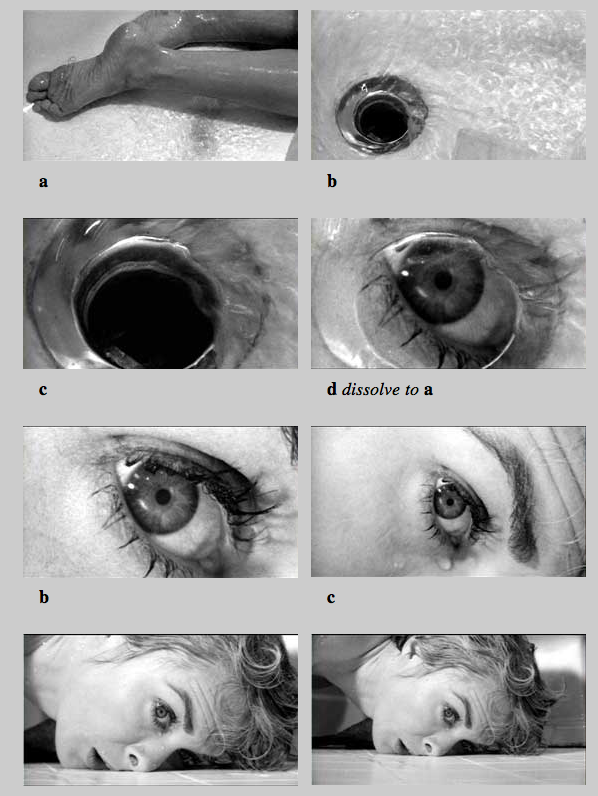
Alfred Hitchcock breaks down the structure of Psycho’s shower scene. He said that one couldn’t take the camera and just show a nude woman being stabbed to death. It should be done impressionistically. It was done with the help of editing movie in pieces: the head, the hand, the torso, the curtain with the shadow, the shower. This all creates a great effect of tension.
If you’re not a famous editor who knows how to deal with video editing, but who needs editing done, MyMovieLab can help you. Our editors use different approaches and techniques in editing according to your requirements. Don’t look for other video editing services – we are what you need. Moreover, our prices are affordable for everyone.
